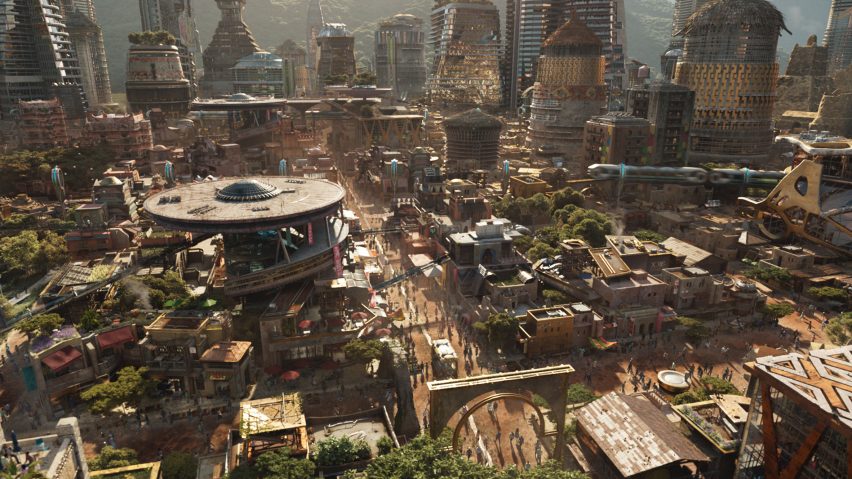
Afrofuturism is "creating a different narrative for Africa" say creatives
The success of the movie Black Panther and its afrofuturist aesthetic has put Africa in the spotlight as a growing force in design, technology and fashion, according to designers from the continent.
African designers, architects and filmmakers told Dezeen that the Marvel movie, which features a black superhero and is set in fictional African country Wakanda, has focused attention on Africa's already burgeoning creative scene.
"I am so over the moon with Black Panther, said Sunu Goneera, a Zimbabwean filmmaker who has been working in Hollywood. "It's a game changer and the opportunity is wide open. I'm excited to take our stories to the world."
Speaking at the Design Indaba conference in Cape Town last month, Goneera said: "As a continent, I feel a rising tide raising all ships, not just one."
The film has triggered a surge of interest in afrofuturism: a cultural movement that combines African culture and identity with technology and science fiction, and which heavily influenced the movie's set and costume designs.
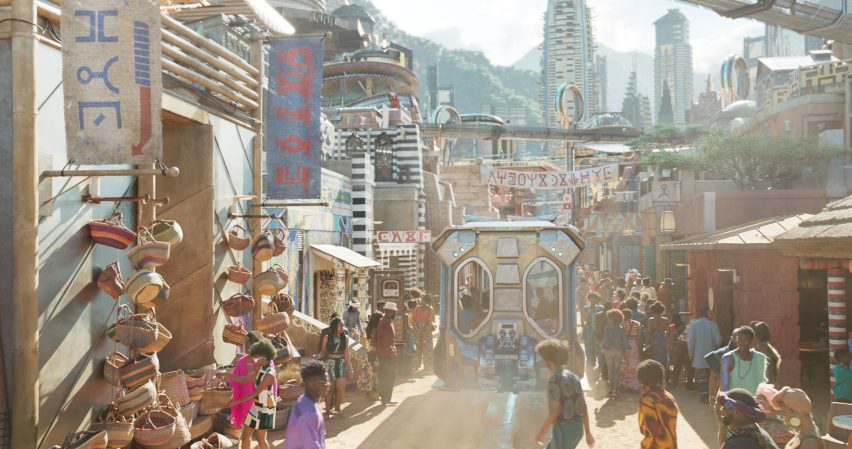
"You can look to afrofuturism for the aesthetic [of Black Panther]," production designer Hannah Beachler told Dezeen in an exclusive interview last month.
"It was really about blending things that were existing in a lot of different African cultures, then creating them as if they had evolved over time and inserting that into our fictional nation."
Mark Kamau, an interaction designer from Nairobi, Kenya, said the afrofuturism revival was changing global perceptions of African creativity.
"It's about thinking what images and stories and perspectives we're projecting for the young generation," Kamau told Dezeen, in an interview following his own Design Indaba presentation.
"I think it's important that we start creating a different narrative for Africa and that's what this movement is doing," he said. "Design is the most powerful tool to transform Africa."
African talents emerge in architecture and design
According to designers based on the continent, Africa has been steadily producing creative talents over the past decade, even though popular culture is only now telling this story to the world.
In architecture, talents to emerge in recent years include Diébédo Francis Kéré from Burkina Faso, who designed the most recent Serpentine Pavilion, and Nigerian architect Kunlé Adeyemi, who won the Silver Lion at the last Venice Architecture Biennale with his design for a floating school.
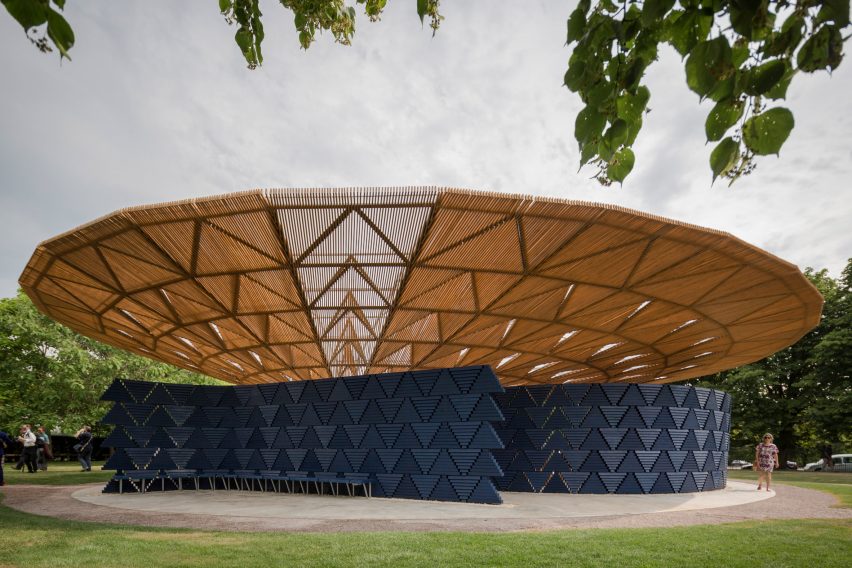
Hot names in the fashion industry include Taibo Bacar from Mozambique, who made history last year by becoming the first African to show at Milan Fashion Week and Selly Raby Kane from Senegal, whose science-fiction-influenced designs have been championed by Naomi Campbell and Beyoncé.
There is also Laduma Ngxokolo from South Africa, who has gained a global following for his coveted knitwear, and Lisa Folawiyo from Nigeria, whose designs have been worn by the likes of Solange Knowles and Lupita Nyong'o.
A whole host of other creatives are also grabbing headlines; from Kenyan designer Cyrus Kabiru, with the elaborate glasses he produces from objects found on the streets, to Kenyan photographer Osborne Macharia, with the striking imagery he created to accompany the Black Panther release.
"It's true that as a continent we do have our issues, but that's not the only thing that exists in our border," Macharia told Dezeen.
"By creating work that shows a different side to reality, people begin to see much more and appreciate a culture that's long been seen differently."
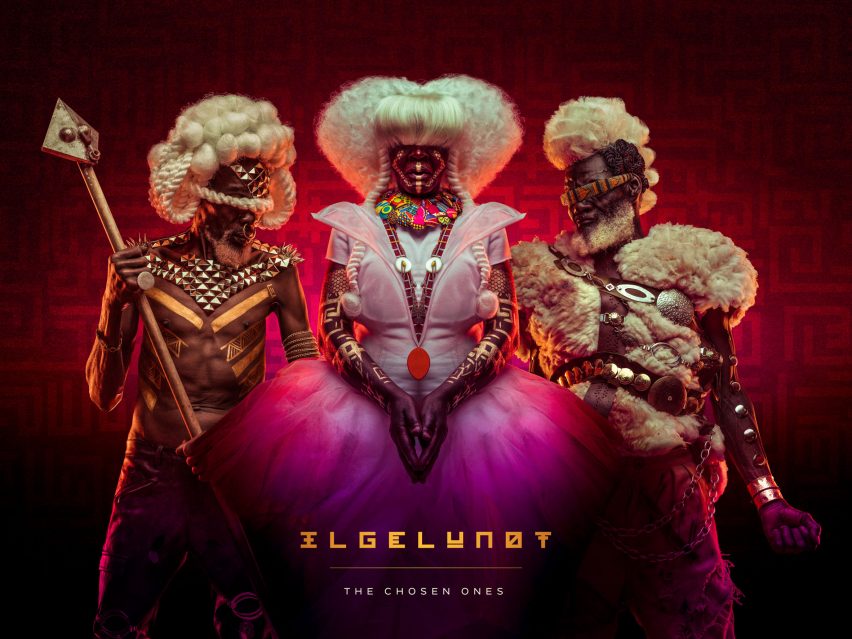
Macharia was commissioned by Marvel to create his Ilgelunot photo series, to coincide with the cinema release of Black Panther. Combining tribal motifs with modern tech, the series depicts three Maasai elders that developed superpowers and went on to become trusted advisors to Wakanda.
"The kingdom of Wakanda theoretically borders Kenya. I took this opportunity to use my people, the Maasai, and come up with a story that best fit into the Black Panther universe," said Macharia.
"My stories are all about an alternative perspective of the continent through a positive narrative that is different from the stereotype of what Africa is know for, which is poverty, war, famine and disease."
Black Panther depicts Africa as innovation leader
Black Panther is the first mainstream science-fiction movie to be set in Africa and to feature a predominantly black cast.
The plot revolves around the plight of Wakanda, a country that escaped colonisation and, thanks to a miracle metal called vibranium, developed highly advanced technology.
This relates directly to the original use of the term afrofuturism. The word is thought to have been coined by American author Mark Dery, in his 1993 essay Black to the Future, to refer to "speculative fiction that treats African-American themes and addresses African-American concerns in the context of 20th-century technoculture".

Today, the term is being embraced by the whole of Africa, as well as the diaspora, to encompass any form of innovation that references black heritage.
"It is an artistic repurpose of the post-colonial African narrative through integrating historical elements, present culture and future aspirations of people of colour, using narrative, fantasy and fiction to highlight African identity," said Macharia.
"It's a language of rebellion."
Meanwhile, Goneera describes it as "boldly moving forward without shame of where you came from or of being African, no matter what your sphere of influence or area of expertise, and no matter who is in front of you."
"Your African voice matters and demands to be heard," he said.
Afrofuturist design embraces black heritage
For young Egyptian fashion designer Amna Elshandaweely, another of this year's Design Indaba speakers, her own cultural identity is at the heart of her work.
"I feel that I cannot really relate to any of the pieces I see when I flip over the fashion magazines in our country," she said.
"We all want the global look, but why the westernised look when you're talking to a woman from the Middle East or Africa? Why do we not support our own fashion that stems from our own culture, our own experience, our own struggles?"
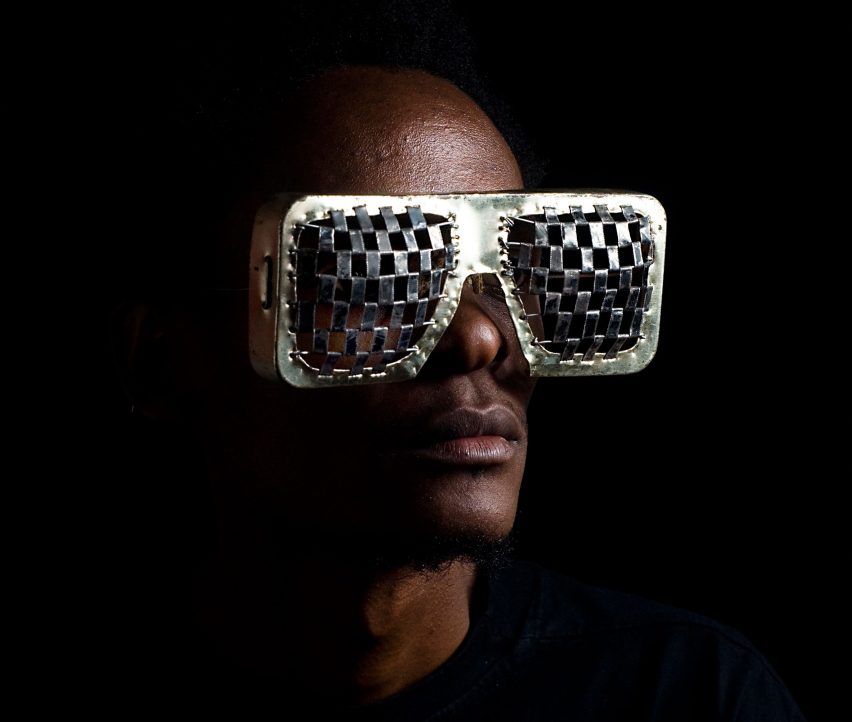
Elshandaweely, 22, describes her designs as a fusion of tribal-wear and hip-hop street style. One of her latest collections, called Cairo Punk, is a series of garments produced in collaboration with graffiti artists from across Africa.
"I feel like, through design and through art, we are the people who can change the world," she said.
Africa "cannot afford decontextualised solutions"
For Mark Kamau, afrofuturism is about more than simply referencing the past. He believes that Africa has finally reached a point where it can develop appropriate solutions to its own problems, rather than import ill-fitting designs from the west.
"Africa cannot afford decontextualised solutions because the stakes are too high," he told Dezeen.
"Afrofuturism in design, and in general, is about aspiration for excellence, aspiration for intelligent engagement with our continent, for the purpose of overcoming our own challenges. It is people in these African contexts saying: Why do we have to wait for somebody to do it for us?'"

Kamau is head of user experience for BRCK, a Nairobi-based company whose main product is a portable Wi-Fi router that offers connectivity to communities in even the most remote parts of Africa. It also produces the Kio Kit, a set of digital tablets designed for use in classrooms.
The company's ambition is to connect an extra three million people to the internet, by disrupting how servers store information in Africa and how connectivity is distributed.
"If this wave of creativity has happened when only 24 per cent of Africa is connected, imagine what happens when we connect the other 76 per cent?That's what excites me – giving access to Africans to do amazing things," Kamau said.
"It shouldn't mean that Africa should go and shut itself off from the west," he continued. "It means intelligently engaging with each other, but it does mean that we have a lot to learn from each other and to share with each other."
"Instead of having just one western point of view, there are different points of view – the world is richer for it."